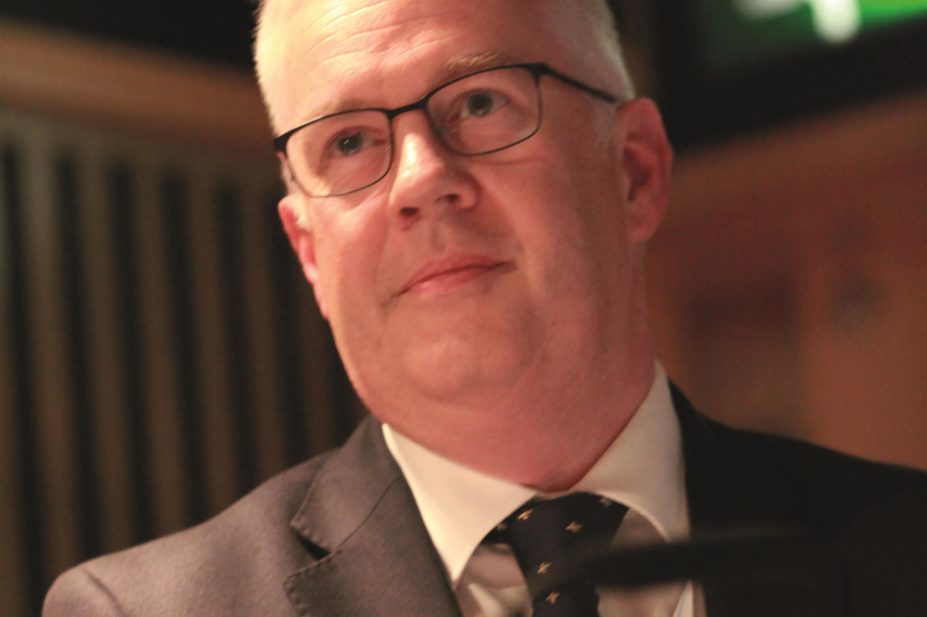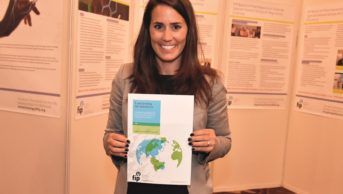
Nadia Attura
There is a “deafening silence” from Health Education England (HEE) and the Higher Education Funding Council for England (HEFCE) about the second round of the consultation on managing pharmacy student numbers, according to Mike Hannay, speaking at the Royal Pharmaceutical Society (RPS) annual conference on 7 September 2014.
However, Earl Howe, parliamentary under secretary of state for quality, said in his address to the conference on 8 September that the second stage of the consultation was being worked on. “You may be wondering what happened to last year’s joint consultation, well it hasn’t disappeared and you won’t be surprised to learn it has highlighted a number of important issues that we need to grapple with. We are working closely with [HEFCE and HEE] and the Department for Business Innovation and Skills.”
In his address, Hannay, who was chairman of the “Educating for excellence” stream at the RPS conference, explained that the next round of the consultation was expected in early 2014, and the delay means that a solution for the potential oversupply of pharmacists will certainly not be implemented in 2015.
A reform could be delayed until after the next general election, said Hannay, who is also general manager and vice president for the biopharma services division of Thermo Fisher Scientific in the UK. “But I’m certain it’s coming, and it will have a profound impact on our profession in two particular areas — on academia and on the careers of pharmacists,” he added.
The first part of HEE and HEFCE’s consultation about potential solutions to an oversupply of pharmacists to the workforce in England closed in November 2013. Most respondents favoured a cap on the number of pharmacy students, with others saying that the market should be allowed to control numbers naturally, Hannay said. He added that very few responses favoured introducing a break point into the pharmacy degree, where the course would be split by science and clinical content.
Hannay also explained that potential solutions are complicated by impending changes to the pharmacy degree, with a move from the current four-year degree plus one year in preregistration training towards a five-year degree with two six-month preregistration placements integrated in to it. In addition, if Scotland becomes an independent nation later this month, this could also have implications on what happens, he said.
- This article was updated on 9 September 2014 to include remarks made by Earl Howe, parliamentary under secretary of state for quality.
